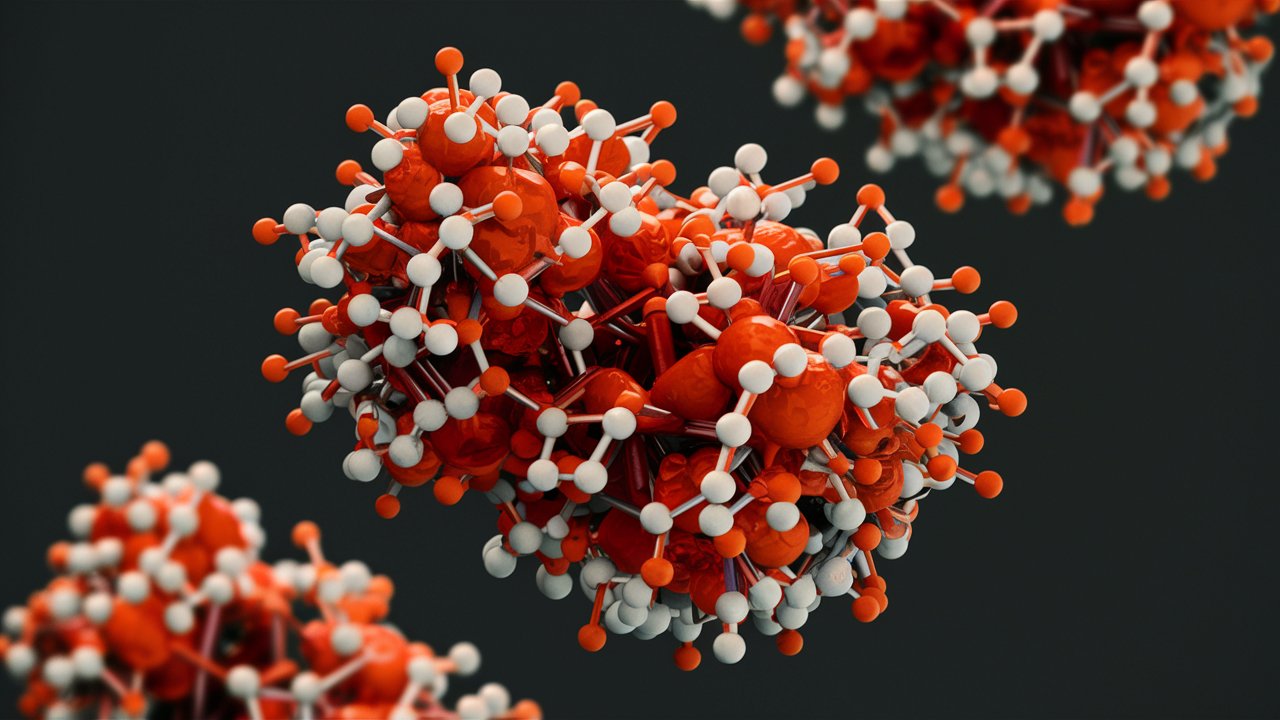
What is n-Undecane? n-Undecane is a hydrocarbon with the chemical formula C11H24. This colorless liquid belongs to the alkane family, which consists of carbon and hydrogen atoms arranged in a straight chain. Found in crude oil and natural gas, n-Undecane is often used in research and industrial applications. Its primary use is as a solvent, but it also serves as a reference standard in chromatography. With a boiling point of 196°C, it’s relatively stable under normal conditions. Understanding n-Undecane’s properties and uses can help in various scientific and industrial fields. Ready to dive into 20 intriguing facts about this versatile compound? Let’s get started!
What is n-Undecane?
n-Undecane is a hydrocarbon with the chemical formula C11H24. It belongs to the alkane family, which consists of only carbon and hydrogen atoms connected by single bonds. This colorless liquid is often used in research and industrial applications.
-
n-Undecane is a straight-chain alkane. This means its carbon atoms are arranged in a linear sequence without any branches.
-
It has a molecular weight of 156.31 g/mol. This weight is calculated by adding the atomic masses of all the carbon and hydrogen atoms in the molecule.
Physical Properties of n-Undecane
Understanding the physical properties of n-Undecane helps in its identification and application in various fields.
-
The boiling point of n-Undecane is 195.8°C. This high boiling point makes it useful in high-temperature applications.
-
Its melting point is -26.6°C. This relatively low melting point means it remains a liquid at room temperature.
-
n-Undecane has a density of 0.74 g/cm³. This density is lower than water, indicating it will float if mixed with water.
Uses of n-Undecane
n-Undecane finds applications in various industries due to its unique properties.
-
It is used as a solvent in laboratories. Its ability to dissolve other substances makes it valuable for chemical reactions and extractions.
-
n-Undecane is a component in jet fuel. Its high energy content and stability make it suitable for aviation fuel formulations.
-
It serves as a reference standard in gas chromatography. This helps in identifying and quantifying other hydrocarbons in a mixture.
Safety and Handling
Handling n-Undecane requires certain precautions to ensure safety.
-
It is flammable. Proper storage and handling are necessary to prevent fire hazards.
-
n-Undecane can cause skin irritation. Wearing protective gloves and clothing is recommended when working with it.
-
Inhalation of its vapors can be harmful. Using it in well-ventilated areas or under a fume hood is advisable.
Environmental Impact
The environmental impact of n-Undecane is an important consideration in its use and disposal.
-
It is not readily biodegradable. This means it can persist in the environment for a long time if not properly managed.
-
n-Undecane can contaminate water sources. Spills or improper disposal can lead to water pollution, affecting aquatic life.
Chemical Reactions Involving n-Undecane
n-Undecane can participate in various chemical reactions, making it useful in synthetic chemistry.
-
It undergoes combustion to produce carbon dioxide and water. This reaction releases a significant amount of energy, which is why it is used as a fuel.
-
n-Undecane can be cracked to produce smaller hydrocarbons. This process is used in the petrochemical industry to create more valuable products like gasoline.
Interesting Facts about n-Undecane
Here are some lesser-known facts that highlight the uniqueness of n-Undecane.
-
It is part of the homologous series of alkanes. This series includes other straight-chain alkanes like methane, ethane, and propane.
-
n-Undecane is used in the calibration of mass spectrometers. Its well-defined mass spectrum makes it ideal for this purpose.
-
It has a faint, gasoline-like odor. This characteristic smell is due to its hydrocarbon nature.
-
n-Undecane is sometimes used in the production of lubricants. Its chemical stability and low reactivity make it suitable for this application.
-
It can be synthesized from simpler hydrocarbons. This synthetic route involves catalytic processes that rearrange smaller molecules into n-Undecane.
The Final Word on n-Undecane
n-Undecane, a hydrocarbon with 11 carbon atoms, plays a crucial role in various industries. This versatile compound finds use in jet fuel, lubricants, and even as a reference standard in laboratories. Its boiling point of 196°C and melting point of -26°C make it suitable for diverse applications. Despite being a simple molecule, its impact is significant, from enhancing fuel efficiency to serving as a solvent in chemical reactions. Understanding n-Undecane's properties and uses can provide insights into its importance in everyday life. Whether you're a student, a professional, or just curious, knowing these facts can broaden your knowledge about this fascinating compound. So next time you hear about hydrocarbons, remember n-Undecane and its vital contributions.
Was this page helpful?
Our commitment to delivering trustworthy and engaging content is at the heart of what we do. Each fact on our site is contributed by real users like you, bringing a wealth of diverse insights and information. To ensure the highest standards of accuracy and reliability, our dedicated editors meticulously review each submission. This process guarantees that the facts we share are not only fascinating but also credible. Trust in our commitment to quality and authenticity as you explore and learn with us.


